Who is Swedenborg?
The Christian theology of the New Church is based on the works of the famous 18th century scholar, Emanuel Swedenborg. Swedenborg was a leading Swedish scientist and philosopher. For much of his life, he was primarily an engineer and physical scientist. Like many of his contemporaries, he was trying to figure out how the exciting scientific advances of the time could mesh with spiritual beliefs.
Born in Stockholm in 1688, Emanuel Swedenborg was a son of one of Sweden's leading Lutheran clergymen, Jesper Swedberg. Swedberg was a leader of the Pietist movement in Sweden, emphasizing an active life according to one's faith. He organized and published the Swedish church's first Book of Hymns, and a new Swedish translation of the Bible, and was a "virtual pastor" to the new Swedish settlement in Delaware Colony. He became the royal chaplain to King Charles XI, Bishop of Skara in 1702, and was ennobled by Queen Ulrika Eleonora in 1719 (which changed the family name to Swedenborg).
The young Emanuel Swedenborg attended the University of Uppsala, and then systematically toured Europe to study under the great scientists of his day. With Christopher Polhem, he published Sweden's first scientific journal, Daedalus Hyperboreus. His main job was as a mining engineer - Assessor of the Board of Mines - and he helped Sweden import and develop advanced mining and processing methods. He worked hard at his role in the House of Nobles, on monetary policy and other issues of the day. He also helped build locks and dams for river navigation, and work on early designs for an airplane and a submarine. He published an early version of the nebular hypothesis for astrophysics, and then focused on brain anatomy in an accelerating search for the human soul.
It seems as though Swedenborg's search for the soul triggered a career change in 1745, at the age of 56. He retired from being an Assessor, and started a methodical, exhaustive study of the Bible. He began to have spiritual experiences, which he logged carefully in his systematic style.
He wrote that he had been called to write and publish a series of books on theology, on the inner meaning of the Word, on marriage, on real charity, real faith, and the nature of God - essentially a complete reworking of what he called the old Christian Church, and the foundation of a new Christianity. He published 18 theological works, and several others were published posthumously by his friends.
Swedenborg's works rocked the boat of the Christian world. He published in London and Amsterdam, where there was religious freedom. Some of his readers amongst the Swedish Lutheran clergy were persecuted for preaching the ideas they were finding in his writings, but overall his books were widely influential in Europe, and then North America, and beyond.
For a complete biography of Emanuel Swedenborg, visit the New Church History website.

